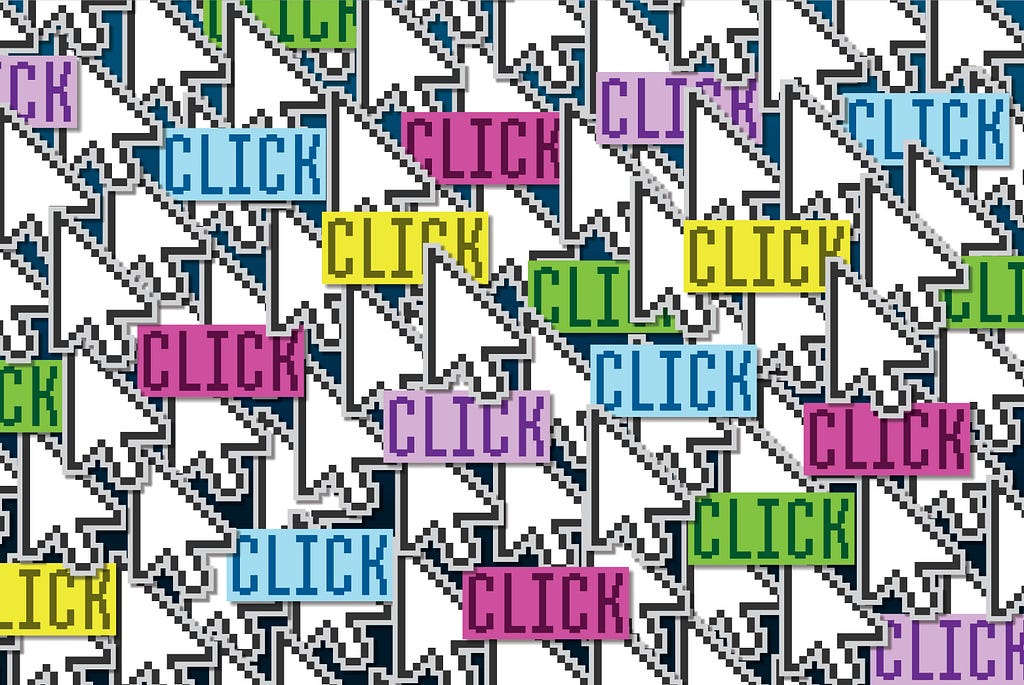Medium
Changes to the Medium distribution standards

Here at Medium, we’re creating a new model for digital publishing — one that’s based on story value, not ad value, and that’s predicated on the relationship between writer and reader. In ad-based publishing, the goal is to get readers to click and stay regardless of quality. That has led to the proliferation of something we’re all familiar with: clickbait. Clickbait works great in a system that’s designed to engage as many eyeballs as possible. That’s not our system.
On Medium, we believe you should stay for the story, the writer, the nuance, and the substance. This is how deeper connections between readers and writers are forged — connections that lead to discovery and growth. The Medium platform is open to everyone, and together with millions of collaborators, we’re building a trusted and vibrant ecosystem of important ideas. We care deeply about our commitment to make Medium a better place to read and to write — and we know our readers do too.
So today, we’re making some changes to our distribution standards. These changes will both reduce clickbait in distribution and provide writers more creative freedom without worrying about losing out on distribution.
Disincentivizing clickbait
Get 10 people and a set of headlines in a room, and you might be surprised what happens next: They won’t all agree on what’s clickbait and what’s not.
For some, it’s about headline tropes: “One weird trick,” “You won’t believe,” etc. For others, it’s about whether the story follows through on the promise of the headline. For still others, spotting clickbait is simply: “I know it when I see it.”
In order to better define clickbait, we analyzed dozens of clickbaity headlines and identified several patterns. Four major trends emerged, which we distilled into our new clickbait checklist, now part of our distribution standards:
- Is the title trying to exploit a reader’s personal worries, insecurities, or emotional state?
- Is the title or story image more provocative than the content of the story merits?
- Is the title over-reaching or over-promising with hyperbolic claims or absolutes that are not verifiable?
- Is the title withholding important context; misleading the reader; or using cliches, gimmicks, or cheap language?
If you can reasonably answer “yes” to any of these four questions, we consider that clickbait — and it will now disqualify a story from additional distribution on Medium.
Let’s dig into each of these a little deeper:
Is the title trying to exploit a reader’s personal worries, insecurities, or emotional state?
There’s no need to frame a headline with assumptions about the potential reader — constructions like “you need to do this” or “this will make you angry” are emotionally manipulative. Writers can avoid this by sticking to what they know, what they’ve experienced, and what they want to share.
Is the title or story image more provocative than the content of the story merits?
Clickbait isn’t just about headlines. The subheadline and image that accompany the headline as the story is shared around the internet (the “preview”) can contribute to a kind of visual clickbait, especially when sexually charged images are added to non-sexual content. Unnecessarily racy or sensational images on stories will not be distributed.
Is the title over-reaching or over-promising with hyperbolic claims or absolutes that are not verifiable?
This is a familiar version of clickbait. You can often spot absolutes when superlatives are used: “the only,” “the most,” — and this is especially true (and problematic) when an outcome is “promised” or otherwise guaranteed by the framing. Over-promising happens when the headline is too good to be true: “this will change your life,” “be a great writer in 2 minutes a day.”
Is the title withholding important context; misleading the reader; or using cliches, gimmicks, or cheap language?
One of the markers of clickbait is the “curiosity gap,” or omitting context from the headline so the reader must click to find out the answer. Curiosity gaps are not all bad — the headline should make readers interested in your story! But the gap should be narrow enough that the reader has a good idea of what they’re clicking on. The headlines should also accurately and honestly convey the content of the story, and the wording shouldn’t be gimmicky, cliche, or cheap-feeling.
We know crafting headlines is hard. Sometimes it’s the hardest part of the whole story. To help, Medium’s Creators Hub has advice about great headlines and how to write them. Be sure to check out the tips and give the Creators Hub a follow.
And one more important note: All of these changes are specific to our distribution standards, which apply only to stories chosen for further distribution. All stories published on Medium are distributed to your followers, regardless of whether they comply with the distribution standards.
Other changes to distribution standards
As part of our efforts to continue delivering quality stories to our readers, we’re loosening some of our restrictions on story elements that don’t have a major effect on overall story quality. These include many restrictions on headlines (except clickbait), reasonable profanity in headlines, clap requests (and other benign calls-to-action), and crowdfunding asks.
In a more relational Medium, if your style is to use all-caps headlines, to omit headlines, to ask for 50 claps, or to ask for crowdfunding donations, go for it. As long as your story is high-quality and not overly promotional, you won’t have to worry about losing out on distribution anymore.
For a comprehensive look at our new distribution standards, see our distribution standards page on the Help Center.
Quality ?, clickbait ? was originally published in 3 min read on Medium, where people are continuing the conversation by highlighting and responding to this story.
Source: Medium
